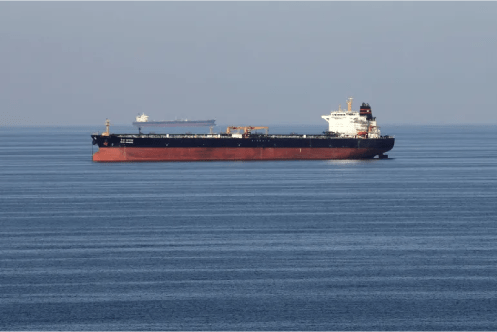In recent years, Pakistan has grappled with a perplexing economic challenge that has left both experts and citizens scratching their heads: the escalating inflation rates. Central to this quandary are the soaring petrol prices and surging electricity bills. These twin towers of fiscal woe have created ripple effects throughout the nation’s economy. So, what’s the connection between petrol prices and power bills in the broader inflationary context? Let’s unravel this intricate puzzle.
Fueling the Economy: The Role of Petrol
Petrol, often dubbed the “black gold”, plays a fundamental role in any economy. In Pakistan, its price determines not only the cost of transportation but also influences a gamut of other sectors. When petrol prices rise, transportation of goods, commodities, and essential services witness a proportional increase in cost. This, in turn, causes a domino effect – an uptick in the cost of production, distribution, and eventually, retail prices. For a nation like Pakistan, heavily reliant on road networks for goods transportation, this implies that an increase in petrol prices indirectly fans the flames of inflation.
Lighting Up the Debate: Electricity Bills
But petrol isn’t the sole protagonist in this story. Electricity, the lifeblood of modern households and industries, has seen alarming tariff hikes. Pakistan predominantly depends on non-renewable energy sources, including fossil fuels like oil and coal. As petrol and oil prices surge globally, the cost of generating electricity also witnesses a northward journey. This cost, unfortunately, gets passed on to the consumers in the form of higher electricity tariffs. For households and businesses, this means allocating a larger chunk of their budget to utility bills, leaving less room for savings or investments.
Interconnected Dimensions of the Economy
It’s essential to understand that the economy isn’t a series of isolated events but a complex web of interconnected elements. Petrol prices impact electricity generation costs, which then affect industrial production costs, thereby influencing the prices of goods and services. This cyclical process brings us back to the crux of the inflationary puzzle: every sector is inherently connected.
Governmental Interventions and Challenges
The Pakistani government has been proactive in its approach to address these concerns. Subsidies, tariff rationalizations, and attempts to diversify the energy mix are among the strategies employed. However, with global oil prices fluctuating and internal demands rising, striking a balance is no easy feat. It’s a tightrope walk between ensuring affordable energy and maintaining fiscal discipline.
The Road Ahead: Renewable Solutions?
One cannot discuss the inflationary impacts of petrol and electricity without considering potential long-term solutions. Pakistan’s rich potential in renewable energy sources, like solar and wind, offers a glimmer of hope. Tapping into these could reduce dependency on oil imports, potentially stabilizing electricity tariffs and ensuring a sustainable energy future.
Pakistan’s inflationary puzzle, rooted in the dynamics of petrol prices and electricity bills, is a testament to the intricate nature of modern economies. While short-term fluctuations are inevitable, understanding these interconnections can offer insights and pathways for future stability. It’s not just about numbers on a bill or the cost at the pump; it’s about deciphering the economic narrative they together weave.







